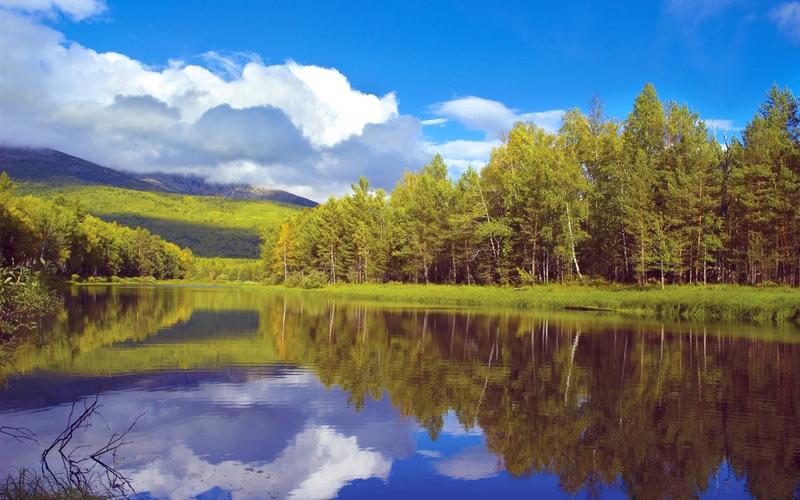Exploring the 14 Intangible Cultural Heritage Elements from India
India is a land of diverse cultures and traditions. The country is known for its vibrant festivals, ancient traditions, and fascinating stories. The UNESCO has recognized 14 elements of India’s intangible cultural heritage, which reflect the country’s rich history and cultural diversity. Let’s explore these elements in detail.
1. Kumbh Mela
Kumbh Mela is a religious festival that is celebrated once every 12 years. Millions of people from across the country gather at the confluence of the rivers Ganga, Yamuna, and Saraswati to take a dip in the holy waters. The festival is the world’s largest gathering of people and is known for its grandeur and spirituality.
2. Ramleela
Ramleela is a theatrical performance that is based on the Hindu epic Ramayana. The performances are held during the festival of Navratri and depict the life of Lord Rama, his wife Sita, and his brother Lakshmana. The act involves music, dance, and elaborate make-up and costumes.
3. Yoga
Yoga originated in India over 5,000 years ago and is a form of physical, mental, and spiritual practice. The practice involves various poses, breathing techniques, and meditation, which help to improve flexibility, reduce stress, and promote overall well-being.
4. Koodiyattam
Koodiyattam is a form of theatrical art that is performed in the Sanskrit language. It is believed to be one of the oldest surviving theatre art forms in the world and is known for its intricate costumes, makeup, and dance.
5. Kathakali
Kathakali is a form of dance-drama that is performed in the state of Kerala. The performances involve elaborate make-up and costumes and are based on stories from Hindu mythology.
6. Ramlila
Ramlila is a performance art that is based on the Ramayana, an epic that tells the story of Lord Rama. The act involves singing, dancing, and theatrical performances, which provide a visual representation of the epic.
7. Chhau
Chhau is a form of dance that is performed in the eastern states of India. The dance is characterized by its mask, elaborate costumes, and fast-paced movements. It is believed to have originated in the 18th century and is associated with martial arts.
8. Kalbelia
Kalbelia is a dance form that is popular in the state of Rajasthan. The dance is performed by the Kalbelia tribe and is characterized by its snake-like movements. The dance is accompanied by music played on instruments like the dholak and pungi.
9. Kumbhara
Kumbhara is the art of pottery that has been practiced in India for thousands of years. The potters are known as Kumbhars and create a diverse range of clay products, including urns, pots, and glasses.
10. Sankirtana
Sankirtana is a form of devotion in which a group of people sings and dances to devotional songs. The practice is popular in the state of Manipur and is performed during major religious festivals.
11. Baul
Baul is a form of music that is popular in the state of West Bengal. The songs are characterized by their simple lyrics, which often contain messages of love and spirituality. The performers are known for their distinctive attire, which includes saffron robes and a headscarf.
12. Chhau Dance
Chhau Dance is a form of masked dance from the eastern states of India that is believed to have originated during the 18th century. The dance is usually performed in groups and is characterized by its fast-paced movements, intricate costumes, and distinctive masks.
13. Traditional knowledge of nature
India has a rich tradition of knowledge related to the natural world, including plants, animals, and ecosystems. This knowledge has been passed down for generations and is still practiced by many communities today.
14. Vedic Chanting
Vedic Chanting is a form of recitation that is practiced in many parts of India. The chants are derived from the Vedic texts, which are believed to be the oldest surviving Hindu scriptures. The chanting is often accompanied by music and is believed to promote mental clarity and spiritual well-being.
In conclusion, India’s intangible cultural heritage is a rich tapestry of diverse traditions, festivals, and practices. These 14 elements reflect the country’s cultural diversity and provide a glimpse into its fascinating history and tradition.
(Note: Do you have knowledge or insights to share? Unlock new opportunities and expand your reach by joining our authors team. Click Registration to join us and share your expertise with our readers.)
Speech tips:
Please note that any statements involving politics will not be approved.
